Sonic 30th anniversary retrospective: From his highest highs to his lowest lows
Sonic finds new platforms

Halfway through the first decade of the new millennium seemed like a new era of optimism for the hedgehog. With the advent of new consoles, Sonic was free to land on any platform that would have him. Though Sonic's first multi-platform game had released in 2003 with Sonic Heroes, the next few years cemented his place among various consoles.
Sonic Rush (2005)
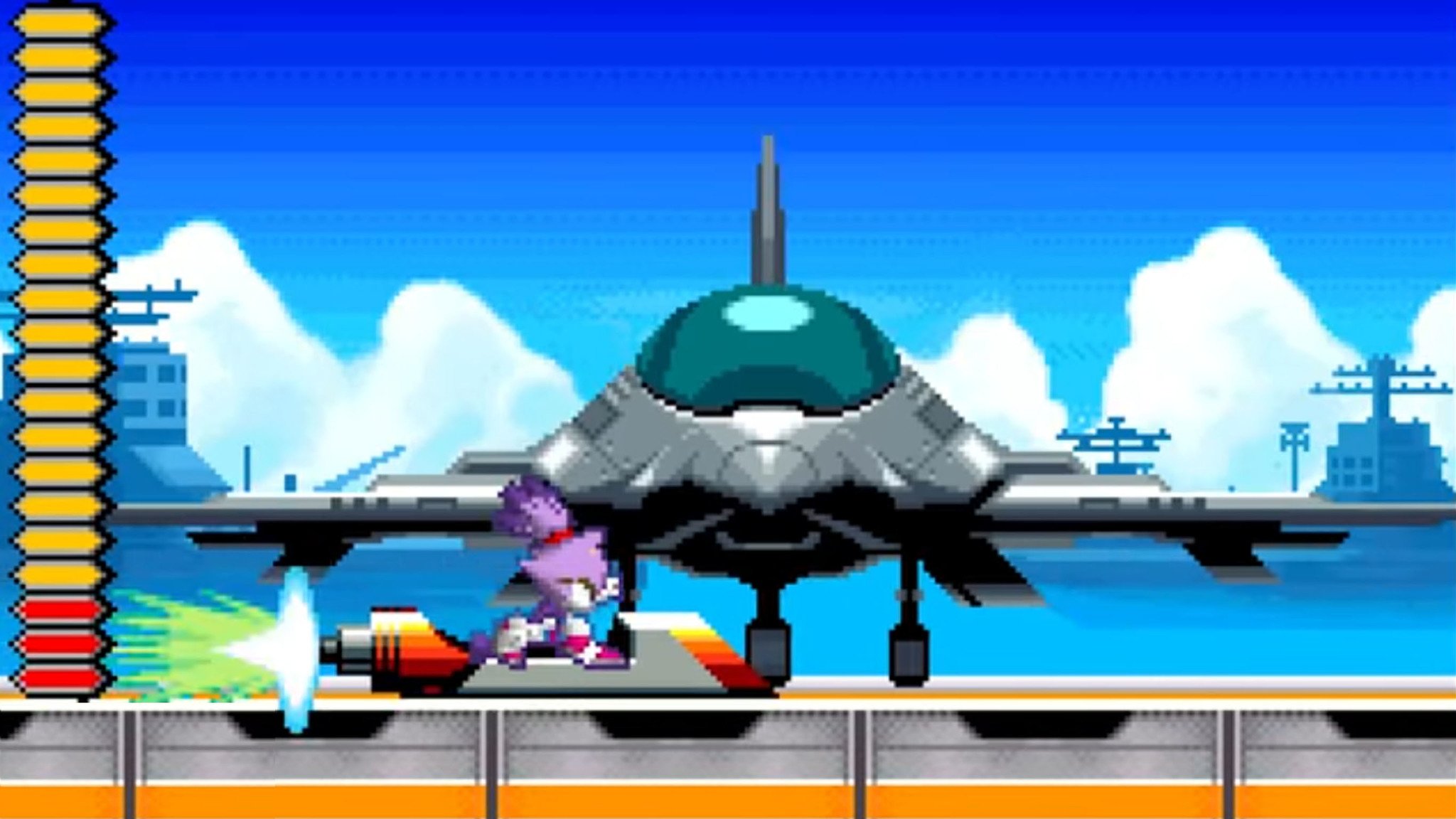
The first title of this era arrived in 2005 on the Nintendo DS. Sonic Rush was a great callback to Sonic's two-dimensional roots, while also introducing 3D boss encounters. Sonic himself received a visual update that was more in line with the Sonic X anime airing at the time. It's also notable as the first appearance of Blaze the Cat, who went on to appear in Sonic Rush Adventure, as well as Sonic 06.
Critics and fans enjoyed it, praising the visuals and soundtrack, which was composed by Hideki Naganuma of Jet Set Radio fame. But Sonic Rush wouldn't prepare anyone for the next entry in the series, a spin-off too notorious to ignore. Of course, I'm talking about Shadow the Hedgehog.
Shadow the Hedgehog (2005)

Shadow the Hedgehog asked the important question: What if we gave Shadow the Hedgehog a gun? To attract an older crowd and perhaps to appeal to Western audiences, Sega cast the titular edgy hedgehog in his own game. The game took place on stages much like we've seen in the Sonic Adventure games up until this point, but instead of just knocking an enemy out with a bop to the head, Shadow gunned them down in cold blood. There was even a morality system that gave you a different ending and different powers depending on who got shot throughout the story.
And that story, oh man, the story. In short, Shadow has amnesia and tries to learn his origins. On his quest, he takes missions from either the Guardian Units of Nations (G.U.N), the Black Doom, or Eggman himself. It was an uneven game, lacking in charm while suffering from mediocre third-person shooter elements. While there are fans who do adore how absurd the game is, critics reacted negatively.
It was clear that Sega didn't quite know what direction to push the series in, and that hit a painful crescendo in the next entry: The infamous Sonic the Hedgehog or Sonic 06.
Sonic the Hedgehog (2006)
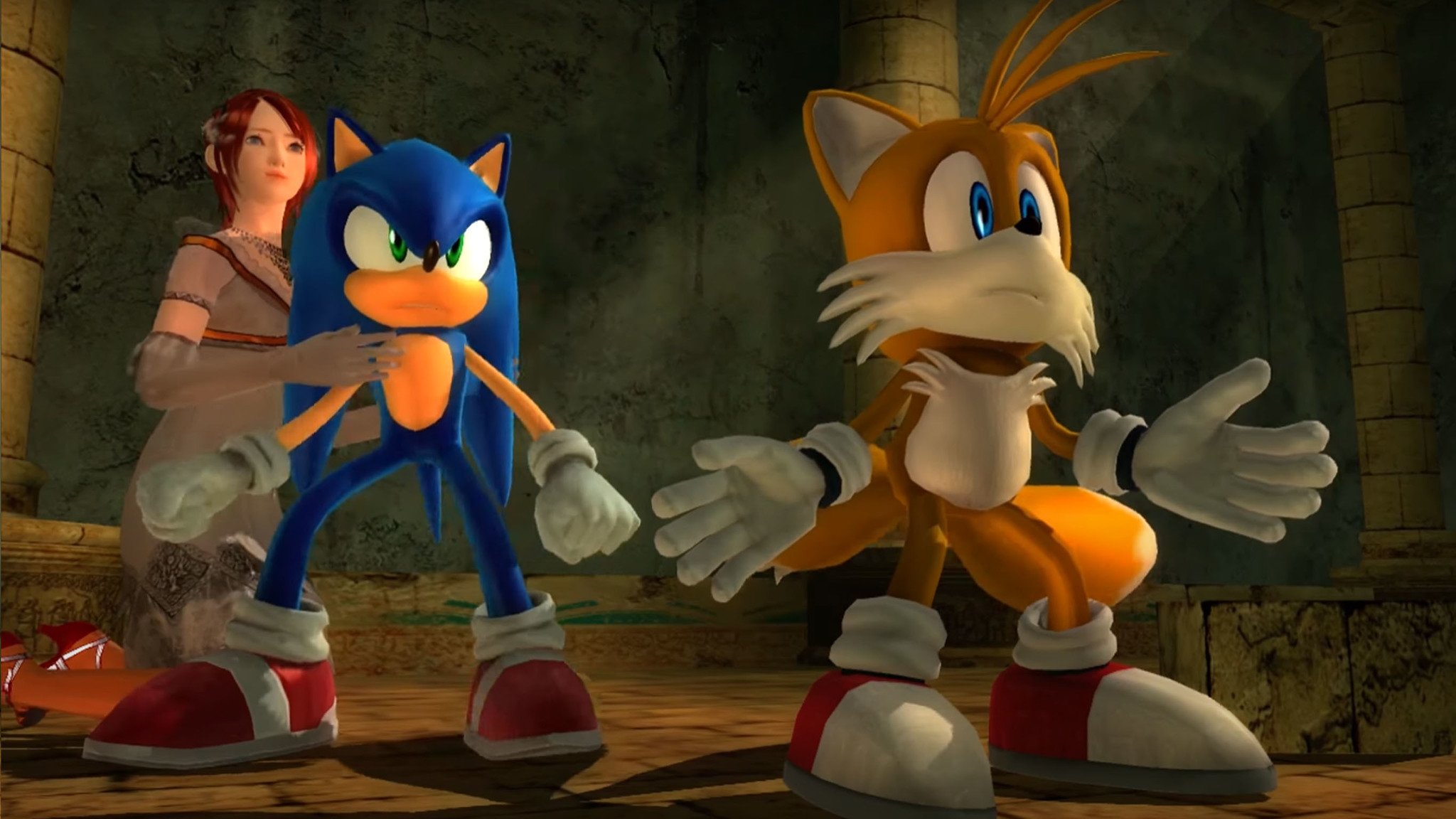
2006's Sonic the Hedgehog was Sonic's first foray onto next-gen hardware, appearing on the PS3 and Xbox 360. Early previews were promising, with most praising the game's speed and visuals, and it promised to reintroduce the light RPG / adventure elements from Sonic Adventure. However, it would land on the systems not with a bang, but with a resounding thud.
Master your iPhone in minutes
iMore offers spot-on advice and guidance from our team of experts, with decades of Apple device experience to lean on. Learn more with iMore!
Sonic 06 would land on systems not with a bang, but with a resounding thud.
In Sonic 06, you played as one of three hedgehogs, Shadow, Sonic, and Silver, who was introduced in the game. Sonic's levels were more speed-oriented, while Shadow's were more action-oriented (though thankfully he left his gun at home). Silver's segments were slower-paced and physics-based, making use of the Havok physics engine.
Sonic 06's development was a painful one for the Sonic Team. Sonic creator Yuji Naka left Sonic Team mid-development, and the team was split in two, with one team working on Sonic 06 and the working on an exclusive Sonic game for the Wii (see below). In an interview with Game Informer, Producer Takashi Iizuka stated, "we didn't have any time to polish and we were just churning out content as quick as we could".
Sonic 06 was a mess of a game at release and was received just as badly by fans as well as critics, citing the embarrassing story along with the glitchy and unpolished levels as major flaws. After Sonic 06, Sega suffered blunder after blunder in the 3D space.
Sonic and the Secret Rings (2007)
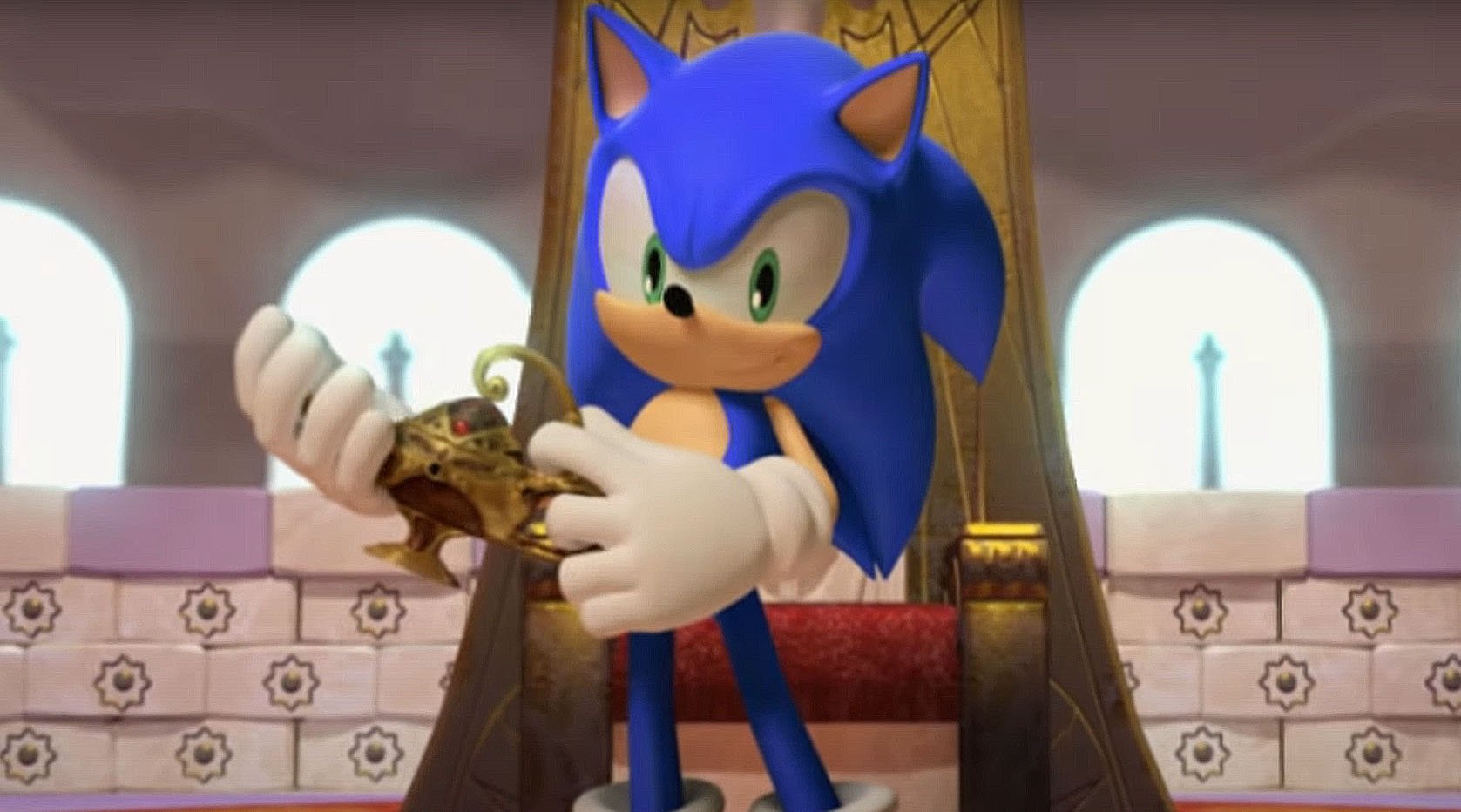
Sonic and the Secret Rings was conceived during Sonic 06's development, and, in a way, responsible for splintering the Sonic Team. Wanting to develop a game that utilized the Nintendo Wii's hardware, producer, writer, and director Yojiro Ogawa dropped the idea of porting Sonic 06 to the hardware, instead opting to make something brand new. And they thought the next best thing for Sonic was an Arabian Nights-themed platformer for the Wii.
Sonic and the Secret Rings is an on-rails 3D platformer where players control Sonic by holding the Wiimote horizontally. You tilt the controller to steer Sonic, tilt forward to perform a homing attack, and use the face buttons to jump and brake. Experience points were a new addition to this Sonic game, which could be spent to unlock the hedgehog's skills.
While the setting was unique and the blend of platforming and racing was a step in the right direction, it didn't revitalize the hedgehog's reputation and didn't do much to stop the bleeding caused by Sonic 06.
Sonic Rush Adventure (2007)

While Sonic was spiraling out of control on consoles, Sega did find some success with the sequel to Sonic Rush, called Sonic Rush Adventure. The DS entry improved on the previous game, particularly during the 3D boss fights, while making use of the DS stylus in some simple but unique ways. The game was also broken up into missions, and the player could tackle objectives as they saw fit. Some missions forwarded the story, while others had to be unlocked.
Sonic's sea-faring days were short-lived though, as this would be the last Sonic Rush title, which is a shame. They had that old-school Sonic flair while mixing in the non-linear elements that Sonic flirted within the Sonic Adventure titles.
Sonic Unleashed (2008)

Sonic took a short break from crappy video game releases before returning with Sonic Unleashed in 2008, another 3D Sonic game that combined platforming segments with action sections. There was an air of excitement around Sonic's newest release, as many in the community thought that this game would be the one to return Sonic to his roots. However, the Sonic Team was still committed to blending action and platforming, and they thought that the best way to do that was to turn Sonic into a wolf.
Sonic Unleashed featured daylight, which captured the speed of what you'd expect from a normal Sonic game in both 3D and 2D perspectives, as well as slower-paced, nighttime levels where Sonic transforms into a Werehog. It was Sega's attempt at tapping that older edgy demographic again, while also juggling the Sonic faithful with more traditional speed-oriented levels. The result was a mashup that made nobody happy.
Critics praised the visuals as well as the soundtrack, and Sonic Team also got props for delivering a game across platforms, but the gameplay didn't hold up to scrutiny. It was another stumble for the speedster.
Sonic and the Black Knight (2009)
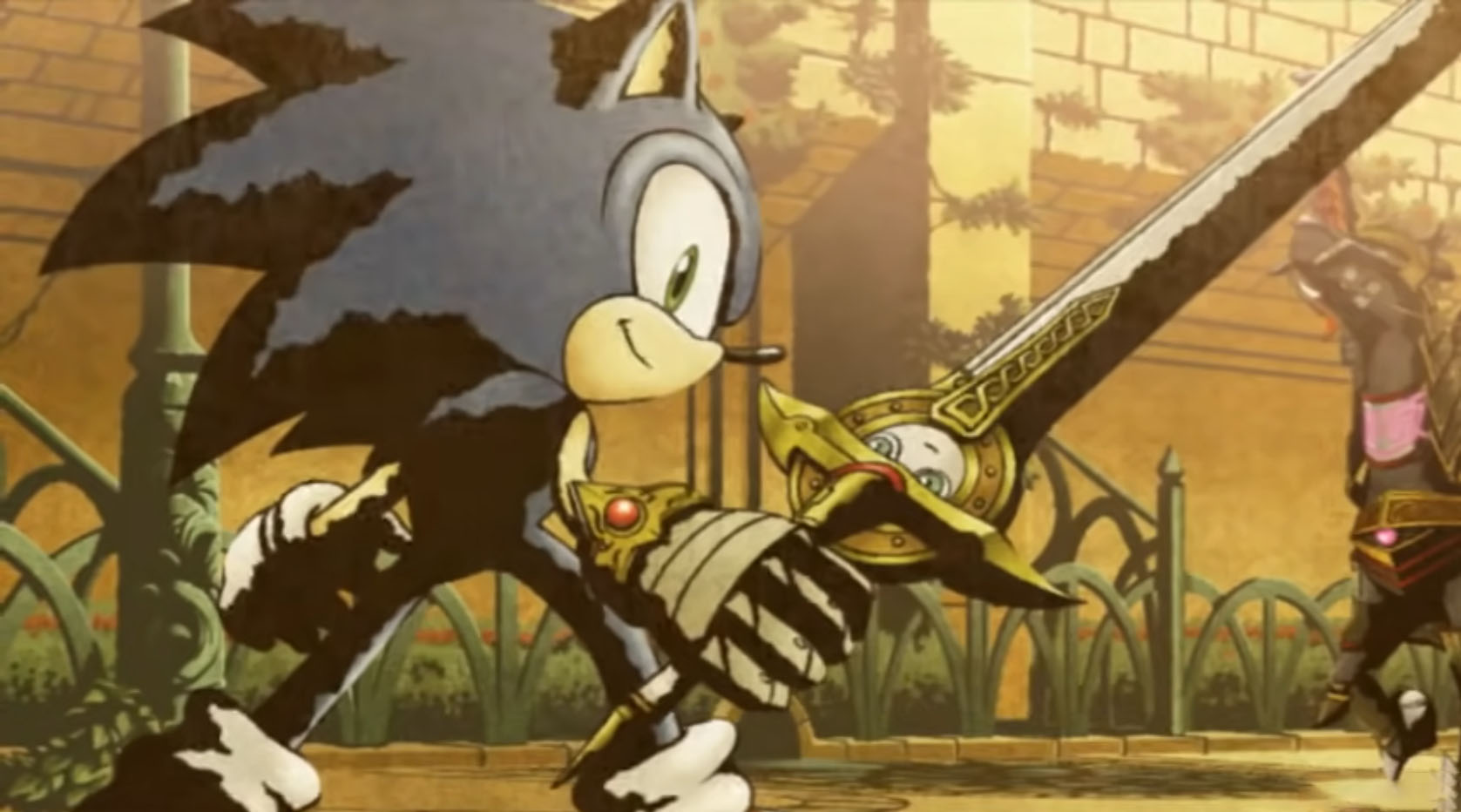
Sonic and the Black Knight was another Wii exclusive and the second entry in the Sonic Storybook series after Sonic and the Secret Rings. Not only did it follow up on Secret Rings, but it also closely followed in its gameplay footsteps. In this medieval adventure, Sonic is transported to the world of King Arthur.
Bizarre setting aside, the gameplay is largely the same as it was in Sonic and the Secret Rings. The skill and experience system made a return, as well as the motion controls. Sonic is hurried down a set path, only able to strafe right or left. New to the game was the addition of multiplayer and a few of Sonic's friends... and that's about it.
How do you think this Sonic faired? Well, if you guessed mixed to negative, you'd be right. Sonic and the Black Knight enjoyed a mixed reception, citing frustrating controls lame multiplayer, and just an overall lack of interest.
Beaten and battered and bruised, Sonic suffered another blow to his reputation. But Sonic Team was dedicated to getting Sonic right, and after four years of fumbles and missteps, Sonic finally got his day in the sun with Sonic Colors.
Sonic Colors (2010)
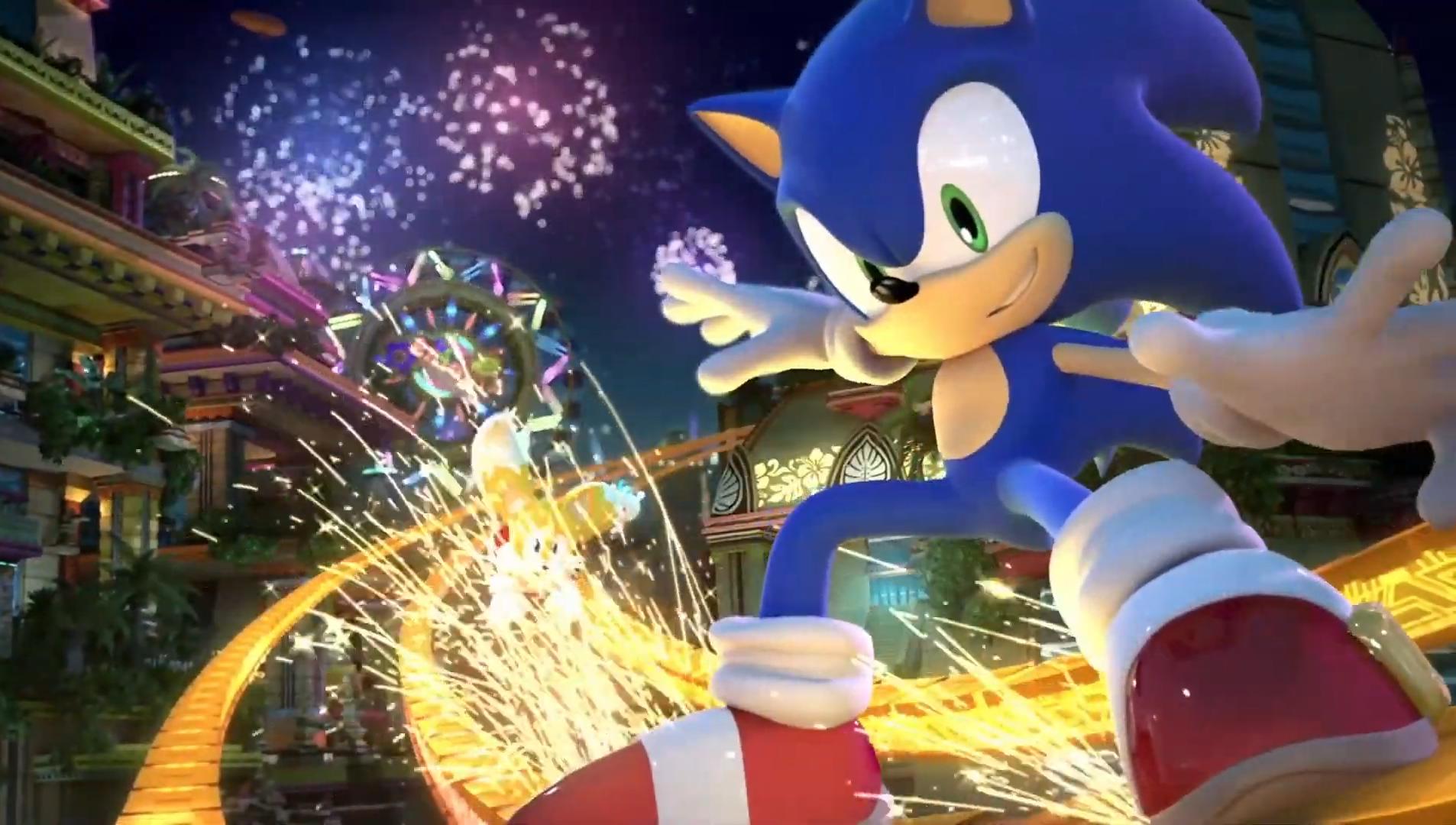
Sonic Colors is a platformer set in space, taking cues from the widely praised Super Mario Galaxy 1 and 2. The Wii-exclusive finally broke Sonic's negative streak and was well received by both fans and critics. In fact, it's often cited as one of the best entries in the Sonic series.
Sonic Colors is often cited as one of the best entries in the Sonic series.
It was a graphical showcase on the unpowered Wii and featured strong platforming from start to finish. No swords, no guns, no beast transformations, or even any of Sonic's friends. Just traditional 3D platforming and Sonic's trademark speed. It also introduced Wisps, which would go on to become a series staple. In a lot of ways, Sonic Colors was a soft reboot. Sega even went so far as to delist the negatively received games leading up to Sonic Color's release.
It all came together to give Sonic the boost he desperately needed, and the legacy of Sonic Colors will continue in Sonic Colors Ultimate when it comes to consoles this September. Sega had finally got one right, and the new decade seemed bright for our favorite speedster once again.
- Zackery Cuevas

Gaming aficionado Rebecca Spear is iMore's dedicated gaming editor with a focus on Nintendo Switch and iOS gaming. You’ll never catch her without her Switch or her iPad Air handy. If you’ve got a question about Pokémon, The Legend of Zelda, or just about any other Nintendo series check out her guides to help you out. Rebecca has written thousands of articles in the last six years including hundreds of extensive gaming guides, previews, and reviews for both Switch and Apple Arcade. She also loves checking out new gaming accessories like iPhone controllers and has her ear to the ground when it comes to covering the next big trend.
